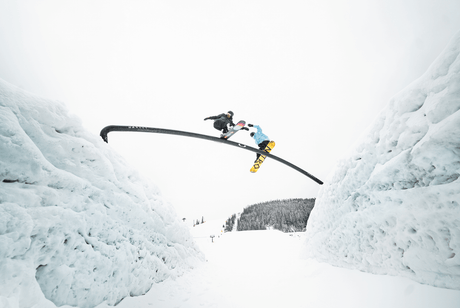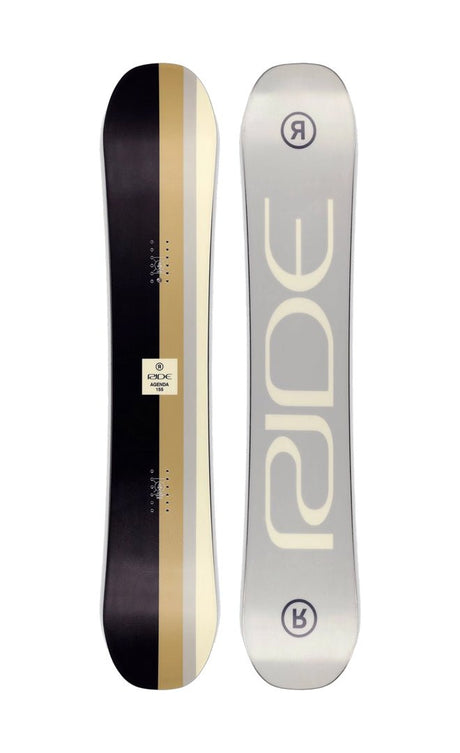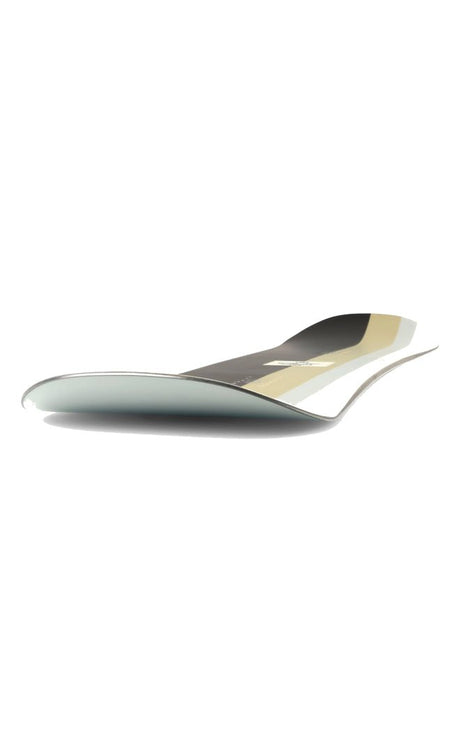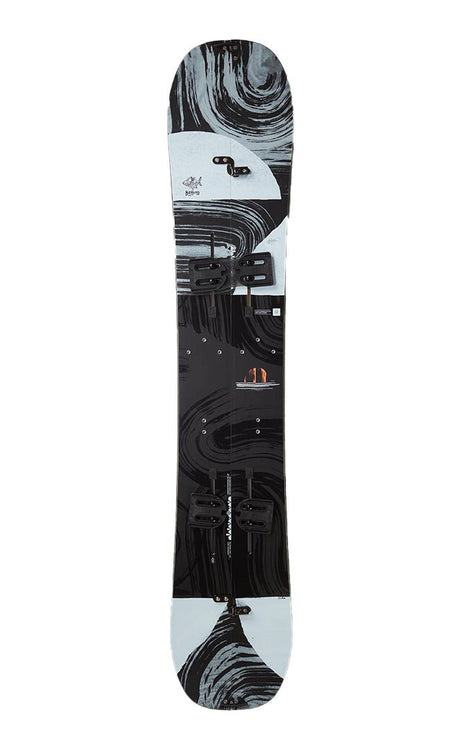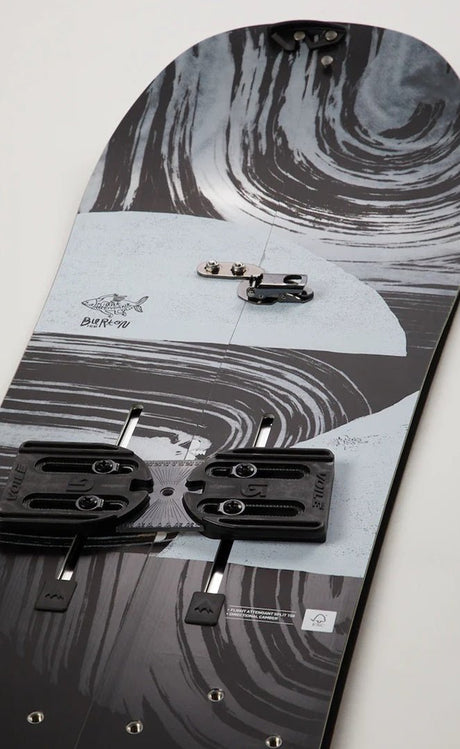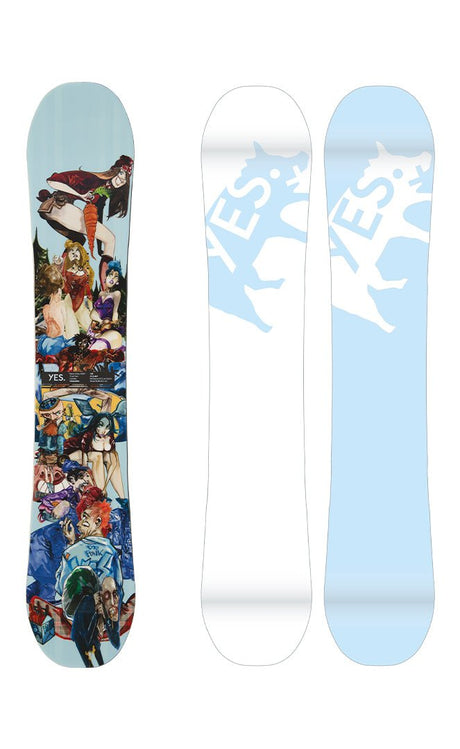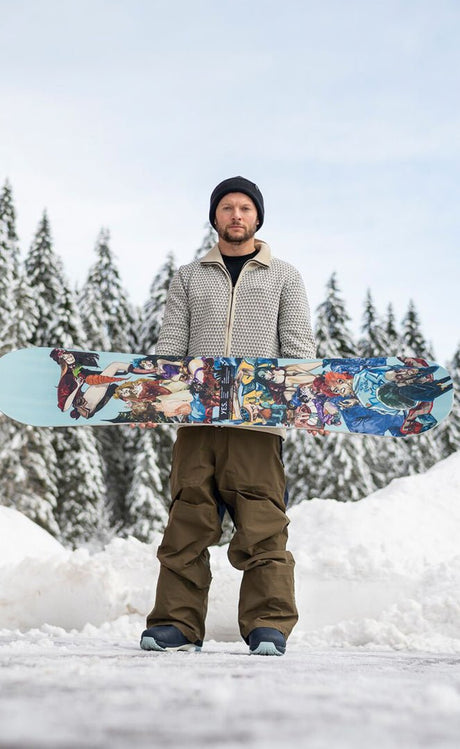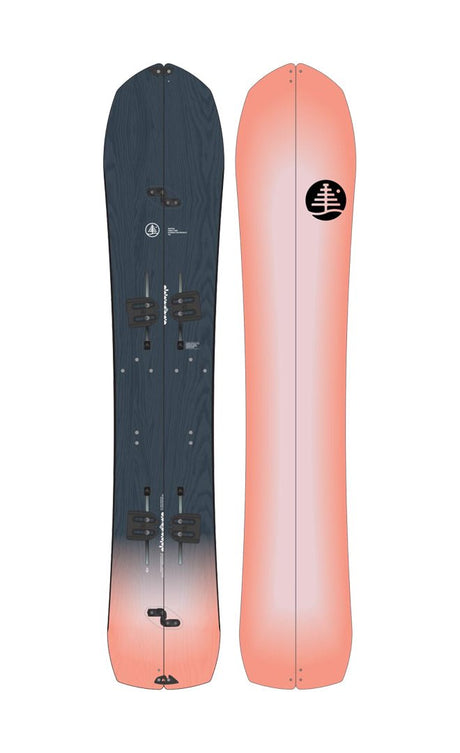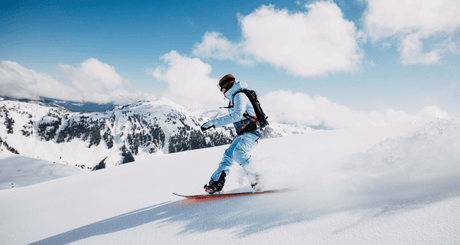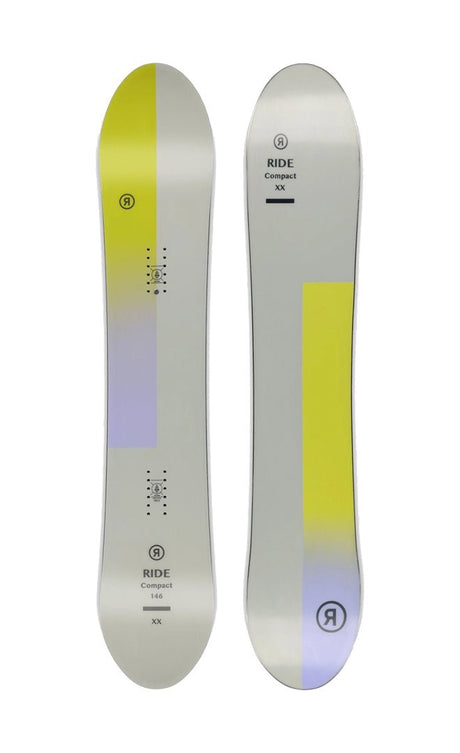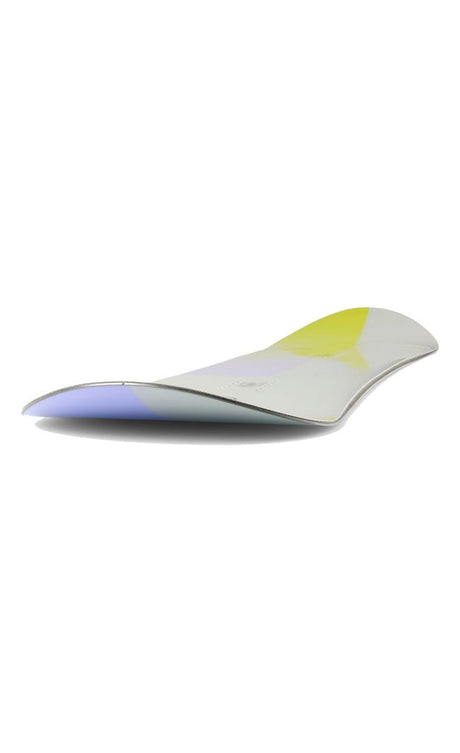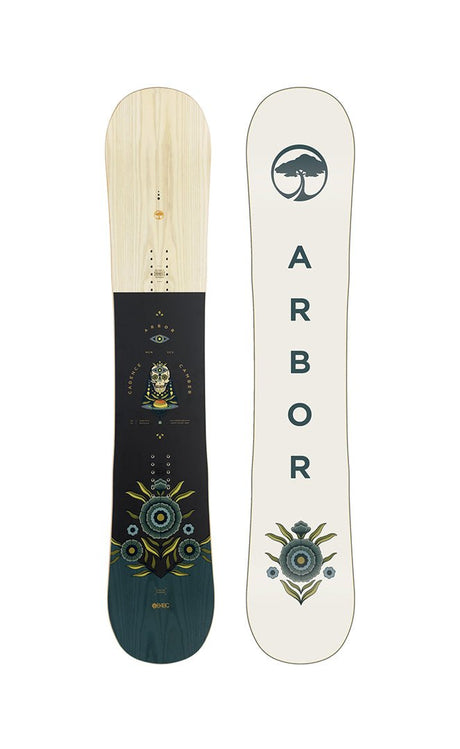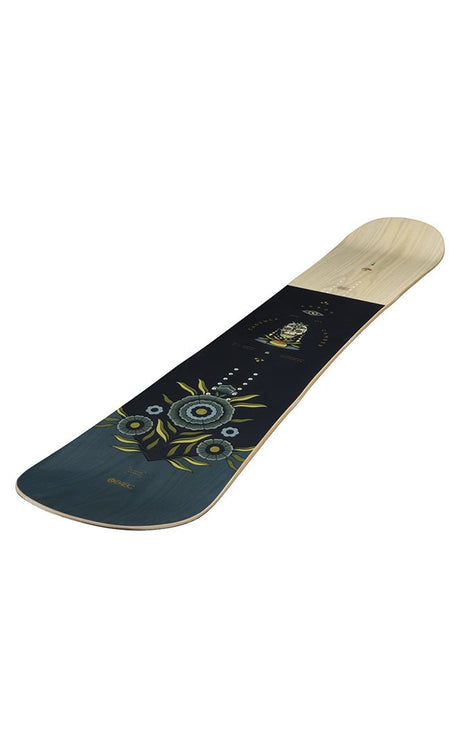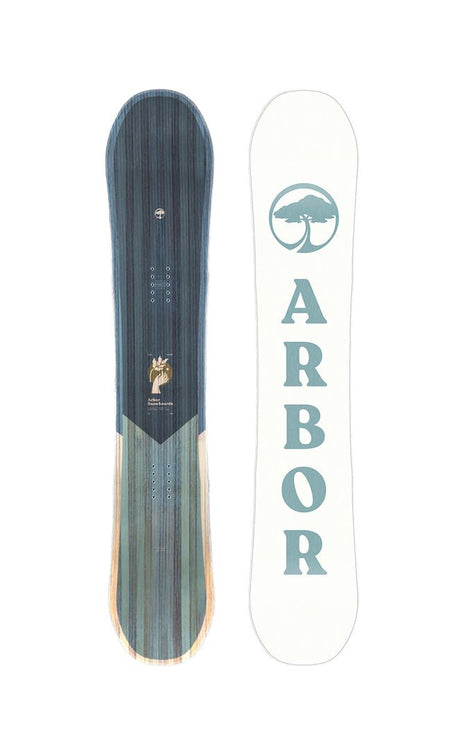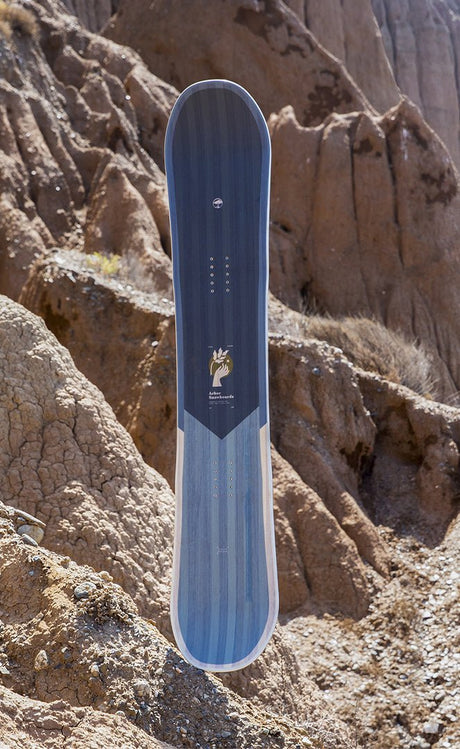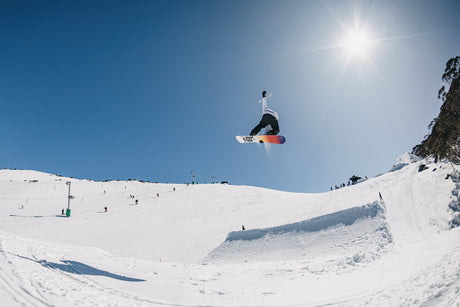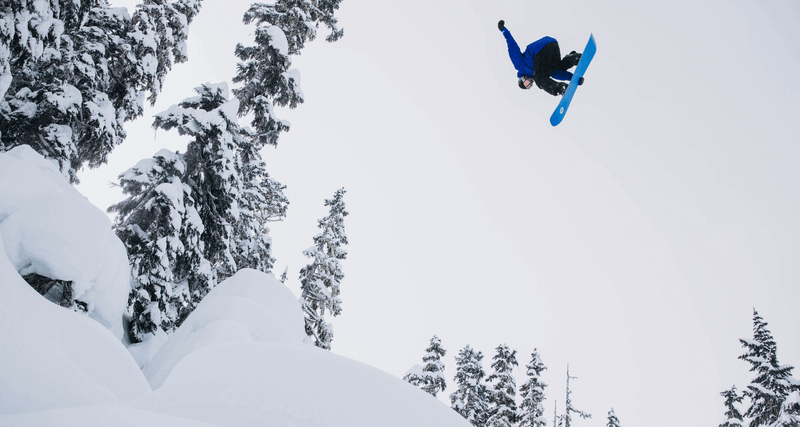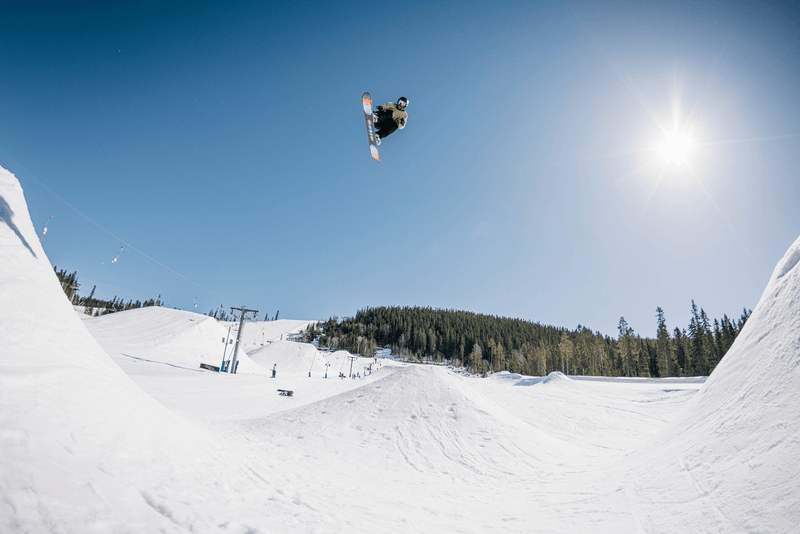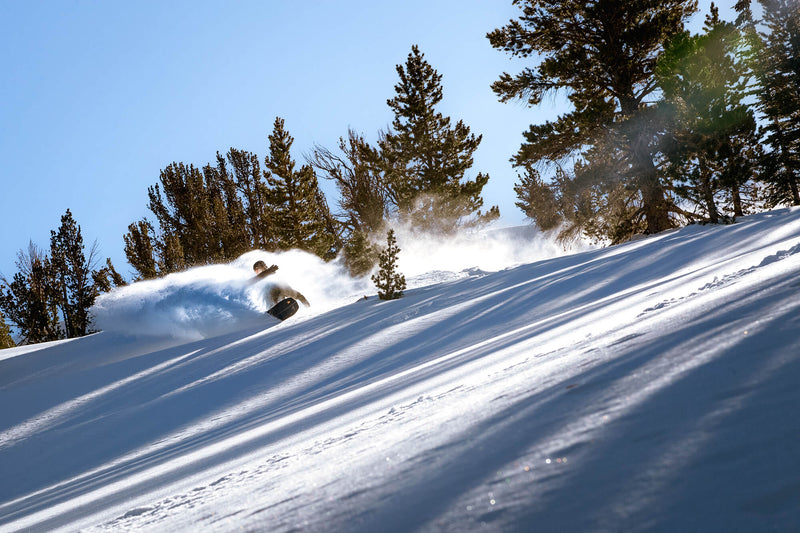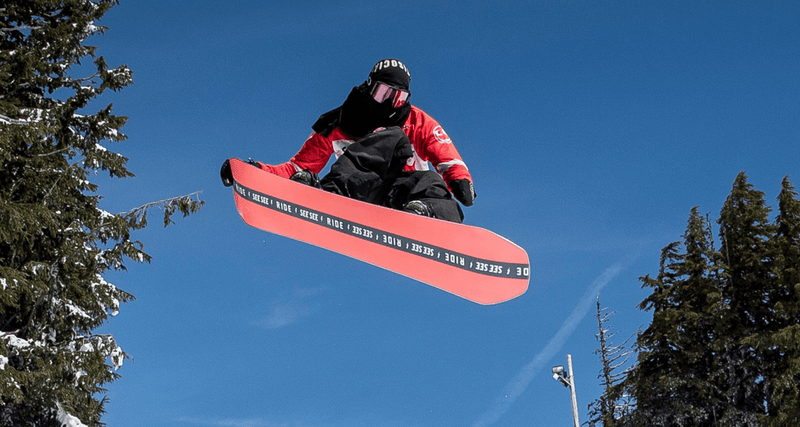
Choosing the snowboard that suits you best is a crucial step to fully enjoy your snowboarding season. With so many models, brands, and features available on the market, it can be difficult to make an informed decision. This comprehensive guide will help you navigate the process of choosing your snowboard by providing essential information and practical advice.
Understanding Your Skill Level
Before diving into the world of choosing snowboard boards, it is essential to understand your skill level.
Snowboards are generally classified into three main categories:
-
Beginner: If you are new to snowboarding or have little experience, choose a board designed for beginners. These boards are generally more flexible, offer better stability, and are more forgiving in case of mistakes.
-
Intermediate: Intermediate level snowboarders are looking to improve their skills. Intermediate level boards are versatile and will allow you to progress on different types of terrain.
-
Advanced/Expert: If you are an experienced snowboarder looking for high-level performance, consider an advanced or expert board. They are stiffer, more responsive, and designed to meet the demands of seasoned riders.
Types of Snowboard Boards
There are several types of snowboards, each designed for a specific riding style. Here are the main categories:
-
All-Mountain: The All-Mountain snowboard, a true champion of versatility, is designed to conquer all terrains in the mountains. Whether you are on groomed slopes, in deep powder, or exploring off-piste areas, the All-Mountain snowboard is your trusted partner. With its ability to excel in all conditions, it offers a perfect balance between agility and stability. Ready to push your limits on the mountain?
-
Freestyle: Freestyle snowboards are distinguished by their twin-tip shape, offering symmetry for versatile riding in regular or switch. They are characterized by perfect balance, ideal for jibbing on rails, boxes, or ledges. With their smaller size, these boards offer great maneuverability for rapid progression on modules. The profiles vary from flat camber to classic camber, offering different combinations of grip and pop.
As a general rule, freestyle boards are responsive and playful, similar to a skateboard. Jib boards favor a soft flex for spectacular nose presses, while half-pipe or big air boards are stiffer, offering power and grip on the icy walls of the half-pipe. -
Freeride: Freeride snowboards are specially designed for off-piste and fresh snow enthusiasts. They are distinguished by their robust construction and a slight increase in length compared to standard boards, which gives them increased stability and superior power in rough terrain.
Most often equipped with a directional profile and rocker, these boards allow you to float easily in powder while offering smooth and intuitive riding, as well as excellent grip on hard snow. The rearward foot position facilitates the initiation of turns.
Although generally associated with off-piste, freeride boards also excel on the slopes. They offer precise turning and powerful response thanks to the classic camber often found between the feet. Freeride boards are often high-end models, ideal for passionate riders who love to challenge the mountain at high speed. -
Splitboard: Still relatively recent in the world of snowboarding, splitboards appeal to lovers of wide open spaces and nature. These boards have a typical freeride construction and profile, but their uniqueness lies in their ability to split into two or four parts, thanks to systems such as Voilé or Karakoram bindings. The world of splitboarding may seem technical, but remember that the splitboard offers exceptional versatility: it allows you to climb peaks like ski touring, then descend on a snowboard, providing a unique experience. Practicing splitboarding requires excellent physical condition and thorough knowledge of mountain environments before venturing off ski resorts and enjoying the powder. For a deeper understanding of how it works and to make informed decisions, we invite you to consult our dedicated splitboard tutorial.
-
Alpine: Alpine snowboarding, a discipline dedicated to performance and speed, offers an unparalleled experience on the slopes. Designed for riders looking to push their limits, this type of snowboard is characterized by a directional shape and a stiff construction, ideal for precise turns and excellent stability at high speed. Alpine snowboards are specially adapted to groomed slopes, ensuring maximum grip and superior control, even in the tightest curves, especially when practicing carving!
If you're looking for adrenaline and precision, alpine snowboarding is your best choice. Ready to defy gravity?
The Size of the Board
The size of your snowboard is a crucial factor. A board of the right size will improve your balance, maneuverability, and comfort. The ideal size depends on your weight, skill level, and riding style.
- Determine your weight: Weighing yourself correctly will help you choose the appropriate size. Heavier snowboarders may opt for longer boards, while lighter snowboarders will choose shorter boards.
- Skill level: Beginners and intermediate-level snowboarders generally prefer slightly shorter boards, as they are easier to maneuver. Advanced riders may opt for longer boards for better stability at high speeds.
The Width of the Board
The width of the board is another element to consider. It is generally measured at the waist width of the board. A board that is too narrow will cause stability problems, while a board that is too wide can be difficult to maneuver.
- The size of the boots: Your snowboard boots must fit perfectly to the width of the board. Make sure your toes and heels do not extend beyond the board!
- Riding style: The riding style you prefer can also influence the width of the board. Freestyle riders generally opt for narrower boards, while those who enjoy powder prefer wider boards for better flotation.
Generally, snowboards are classified into 4 width categories :
- Less than 25 cm: Narrow snowboards are designed for riders with small feet, with a waist width under 25 cm.
- From 25 to 25.5 cm: Standard snowboards are suitable for most riders, covering sizes 41 to 43.5.
- From 25.5 to 26 cm: Mid-wide snowboards are intended for riders wearing sizes 44 to 45.
- 26 cm and above: Wide snowboards are suitable for riders with large feet (size 45 and above).
The Shape of the Board
Shape Twin :

Twin shapes, also known as twin-tip or true twin, are among the most common shapes found on freestyle snowboard boards. A twin board is completely symmetrical, to the point that if you fold it in half, the nose (front) would perfectly overlap the tail (back), just like the inserts. The flex of the board is uniform along its entire length, so without distinctive markings, it would be difficult to distinguish the front from the back.
These boards are designed to allow the rider to feel comfortable riding switch (downhill with feet reversed from the normal position) as well as in the regular stance, making them ideal for freestyle performance. They excel during sessions in the park and on the street, facilitating tricks like 540s and nose presses. Twin boards stand out for their agility and playful character, making them excellent choices for riders seeking freestyle performance.
Directional Twin Shape:

The directional twin shape is a versatile variant of the twin shape, specially adapted for all-mountain riding. It is characterized by symmetry, just like a classic twin board, with an identical nose (front part) and tail (rear part). However, the inserts, which define the position of the bindings, are slightly shifted towards the rear. This offset gives the board improved performance on various surfaces, whether hard snow or powder, while increasing its maneuverability. Although designed primarily for forward riding, this shape also allows for occasional switch maneuvers, offering optimal versatility. That is why it is commonly found on all-mountain boards.
The directional twin shape has various variations, including asymmetrical flexes, with softer noses and/or stiffer tails. More recently, the Volume twin concept has emerged as another alternative. To simplify, remember that the Directional Twin shape is designed to offer maximum versatility, suitable for a wide range of conditions and riding styles.
Directional Shape:

Some snowboards adopt a swallow tail configuration, also called swallow tail. This particular shape further improves maneuverability in powder and offers a fluid sensation similar to surfing. However, this type of shape is less suitable for switch or freestyle. A directional-shaped snowboard is designed to be ridden goofy or regular, but not to switch between the two during a run.
The Board's Chamber
The camber of the snowboard refers to the longitudinal curvature of the board. There are different types of camber, each having an impact on the board's behavior:
Classic camber :

The classic camber in the field of snowboarding represents the oldest and most widely adopted profile, far preceding inverted, hybrid, or "W" shaped cambers. Although it can be more complex to master, it stands out for its exceptional performance. You can easily recognize it by placing your board flat, as it forms an elegant upward arc. The contact points with the snow are located near the tips, while the center of the board rises above the ground, creating a configuration where the middle of the board is the element farthest from the ground.
Classic cambers are appreciated for their unmatched stability, precision, dynamic pop, and their ability to effectively transmit energy. They excel in tight turns (carving) by offering exceptional performance. They maintain excellent grip at high speeds, making them particularly suitable for experienced snowboarders seeking thrills. However, it should be noted that the classic camber can make the board less forgiving and more prone to edge errors, making it less suitable for beginners looking to learn snowboarding.
In summary, the classic camber represents a wise choice for experienced snowboarders seeking top performance, but it can be challenging for beginners due to its sensitivity to edge errors.
Reverse Camber (Rocker) :

The reverse camber, often referred to as banana camber, has significantly revolutionized the snowboard industry. Unlike the traditional camber, it features a completely opposite design. Here, the lowest point is located at the center of the board, while the two tips curve upwards, avoiding any contact with the snow. The adoption of reverse camber offers a multitude of advantages for snowboarders. With elevated contact points, edge mistakes become less frequent, thus providing a more forgiving and playful board. Turns become more accessible, and the board naturally stays on the surface, making it easier to ride in deep terrain. Furthermore, reverse cambers are extremely popular in the freestyle discipline. Their playful and forgiving nature makes them ideal for jib tricks and all kinds of presses.
However, it should be noted that the reverse camber does not compete with the stability offered by a traditional camber at high speeds. Furthermore, it proves to be less responsive, less lively, and less precise. It is impossible to declare that the reverse camber is inherently superior or inferior to the traditional camber. Each has its own distinct characteristics, and the choice between the two depends on your personal preferences and snowboarding style.
Cambre plat (Flat) :

The flat camber, also known as zero camber, represents a harmonious balance between reverse camber and classic camber in the world of snowboarding. With this profile, your board remains perfectly flat from nose to tail. Choosing a flat camber offers a set of interesting advantages: it combines better grip, increased responsiveness, and superior stability compared to reverse camber, while remaining more forgiving, playful, and accessible than traditional camber.
Flat camber proves to be a wise choice if you plan to change terrain several times during your snowboarding day. If you enjoy moving from the piste to the park through powder, this profile is an option to seriously consider to meet your versatile needs. In short, flat camber offers versatility and ease of transition between different types of terrain, allowing you to make the most of every moment of your snowboarding session.
Cambre W :

The W camber, also known as hybrid camber, medley, or mixed camber, is distinguished by its clever fusion of rockers and camber. While flat camber can be seen as a solution that mitigates the drawbacks of classic and reverse cambers, the W camber goes further by maximizing their strengths. Indeed, it combines a true camber under your feet, significantly increasing the board's responsiveness and pop, while including three rocker zones (or reverse camber) at the nose, tail, and between the feet. These sections optimize the board's playfulness, tolerance, and float in powder.
The W camber stands out as the ideal choice if you are looking for a board that fully exploits the advantages offered by all types of cambers. This versatility will allow you to experience a complete snowboarding experience, suited to various terrains and riding styles. In short, the W camber is an option to favor for snowboarders eager to get the most out of their equipment.
Camber + Rocker (Camrock):

The Rocker camber, although it may seem similar to the multiple camber at first glance, is distinguished by its key feature: it does not have an inverted camber between the feet, instead opting for a classic camber. This profile consists only of two rockers, one at the nose and another at the tail, which makes it slightly less suitable for pivot turns compared to the multiple camber.
However, it offers notable stability, impressive responsiveness, as well as excellent pop. The Rocker camber provides a smooth experience while maintaining good grip and a touch of liveliness. This versatility makes it an ideal choice for exploring a variety of snowboard terrains. It will allow you to fully enjoy your riding session, regardless of the challenges and conditions you encounter. Choosing the Rocker camber means opting for versatility and adaptability for an optimal snowboarding experience.
The Flexibility of the Board
The flexibility of the snowboard is a key element that affects your control and your ability to make turns. Flexibility ranges from soft to stiff.
- Softboard: Softboards are more forgiving and generally suitable for beginners. They allow easier turns and offer better maneuverability.
- Rigid board: Rigid boards are more responsive and offer better stability at high speeds. They are preferred by experienced snowboarders and those who enjoy fast descents.
The choice of flexibility depends on your skill level, riding style, and personal preferences.
Specific Features
In addition to the factors mentioned above, there are many specific features to consider when choosing your snowboard:
- Binding system: Some board models are compatible with specific binding systems, such as the Burton Channel System. Make sure your board is compatible with the bindings you plan to use.
- Core of the board: The material of the board's core can affect its performance. Wood cores are common for their lightness and durability.
- Board construction: Board construction methods can vary, from using layers of fiberglass and carbon to incorporating specific technologies to enhance performance.
- Graphics and design: Do not neglect the visual aspect of your snowboard. Choose a model that you visually like.
- Price: Set a budget before you start your search. Snowboards can vary significantly in price, so make sure to find a model that fits your budget.
Popular Snowboard Brands
To help you start your search, here are some of the most popular snowboard brands on the market:
-
Nitro: Known for its versatility and durability, Nitro offers a range of boards suitable for all skill levels.
-
Burton: Burton is an iconic brand that focuses on innovation. It offers a wide variety of models for all riding styles.
-
Ride : Ride is characterized by its balance between performance and accessibility. Their boards are durable and versatile.
-
Capita: Capita is appreciated for its creative design and commitment to sustainability. Their boards often feature bold graphics.
In conclusion, choosing the perfect snowboard is a crucial step to optimize your experience on the snowy slopes. By keeping in mind key factors such as camber, shape, and flex, you can customize your equipment according to your riding style and preferences. Also, don't forget to store your snowboard safely in Snow covers for even more durability!
Make sure your snowboard, snowboard bindings, and snowboard boots work in harmony to provide you with the control, stability, and comfort you need. Whether you are a beginner, enthusiast, or expert, choosing the right equipment can make all the difference in your enjoyment on the snowy slopes.
In addition to selecting the ideal snowboard, it is equally crucial to pay close attention to your snowboard bindings and snowboard boots. Snowboard bindings play an essential role in your connection to the board, influencing your ability to control direction and responsiveness. When exploring the buying guide "How to choose your snowboard bindings?", be sure to consider factors such as compatibility with your board, the flex of the bindings, and the comfort they provide. Snowboard boots are just as important, as they directly impact your comfort and performance on the mountain. When consulting the guide "How to choose your boots?", take into account elements like size, flex, and lacing to find the perfect pair of boots!

